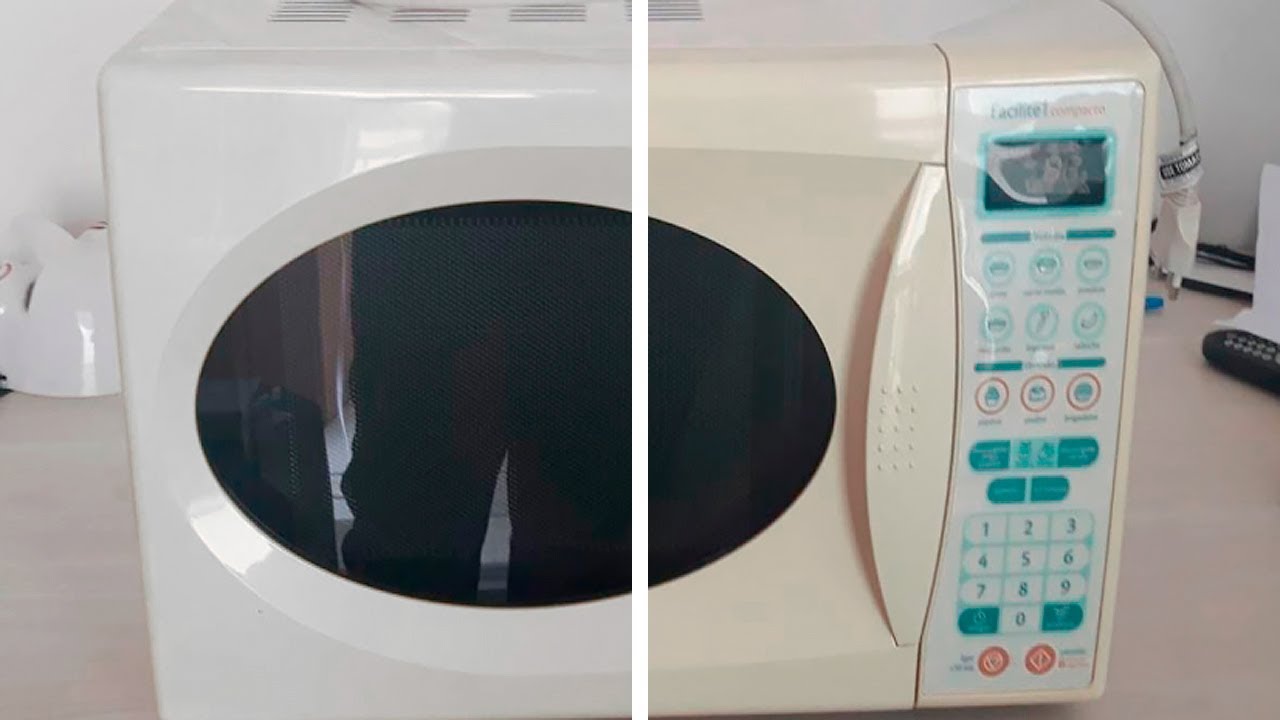
Introduction:
Over time, the once pristine white plastic surfaces of home appliances can succumb to the effects of aging and environmental factors, resulting in an unsightly yellowish discoloration. Whether it’s your refrigerator, washing machine, or other household appliances, yellowed plastic can diminish the overall aesthetics of your living space. Fear not, as this comprehensive guide aims to provide a range of effective methods to rejuvenate and whiten yellowed plastic on home appliances, restoring them to their former glory.
Section 1: Understanding the Causes of Yellowed Plastic
Before delving into the remedies, it’s essential to grasp why plastic turns yellow over time. Several factors contribute to this discoloration, including:
- Exposure to UV Light: Ultraviolet (UV) light from the sun can accelerate the breakdown of plastic polymers, leading to yellowing. Appliances placed near windows or exposed to sunlight are particularly vulnerable.
- Oxidation: The process of oxidation, triggered by exposure to air and moisture, can cause chemical changes in plastic, resulting in discoloration.
- Heat: High temperatures, whether from external sources or generated by the appliances themselves, can contribute to plastic yellowing.
- Chemical Reactions: Contact with certain chemicals, cleaning agents, or environmental pollutants can react with the plastic, causing it to yellow over time.
Understanding these factors is crucial for choosing the most effective method to whiten yellowed plastic.
Section 2: Cleaning Preparations
Before attempting any whitening methods, it’s important to clean the yellowed plastic thoroughly. Follow these steps:
- Remove Surface Dirt: Wipe the surface of the appliance with a damp cloth to remove any loose dirt or debris.
- Use Mild Soap: Mix a solution of mild soap and warm water, and gently scrub the plastic surfaces using a soft sponge or cloth.
- Avoid Harsh Cleaners: Steer clear of abrasive cleaners or those containing bleach, as they may exacerbate the yellowing issue.
Section 3: Methods to Whiten Yellowed Plastic
- Hydrogen Peroxide and Baking Soda Paste:
- Create a paste by mixing hydrogen peroxide and baking soda until it forms a thick consistency.
- Apply the paste to the yellowed plastic, ensuring an even coverage.
- Allow it to sit for several hours or overnight.
- Rinse off the paste with water and wipe the surface dry.
- White Vinegar Soak:
- Fill a basin or container with white vinegar.
- Submerge the yellowed plastic parts in the vinegar and let them soak for a few hours.
- Scrub the plastic with a soft brush or cloth to remove any remaining discoloration.
- Rinse thoroughly with water.
- Oxygenated Bleach Solution:
- Create a solution by mixing oxygenated bleach (not chlorine bleach) with water.
- Apply the solution to the yellowed plastic and let it sit for a few hours.
- Scrub the surface gently and rinse thoroughly.
- Commercial Plastic Restorers:
- Consider using commercially available plastic restorers or whiteners.
- Follow the product’s instructions carefully, as they often provide specific guidelines for application and drying.
Section 4: Preventative Measures
To prolong the whiteness of your plastic appliances, consider implementing these preventative measures:
- UV Protection: Position appliances away from direct sunlight or use curtains and blinds to reduce UV exposure.
- Regular Cleaning: Wipe down plastic surfaces regularly using mild cleaning agents to prevent the accumulation of dirt and chemicals.
- Protective Coatings: Apply protective coatings or waxes designed for plastic surfaces to create a barrier against environmental factors.
- Temperature Control: Avoid placing appliances near sources of heat or in areas with high temperatures to minimize the risk of plastic yellowing.
Conclusion:
Whitening yellowed plastic on home appliances is a rewarding endeavor that can breathe new life into your living space. By understanding the causes of discoloration and employing effective cleaning and whitening methods, you can enjoy appliances that not only function optimally but also look aesthetically pleasing. Whether you opt for DIY solutions or commercial products, the key is consistency and proper maintenance to keep your plastic surfaces bright and beautiful for years to come.